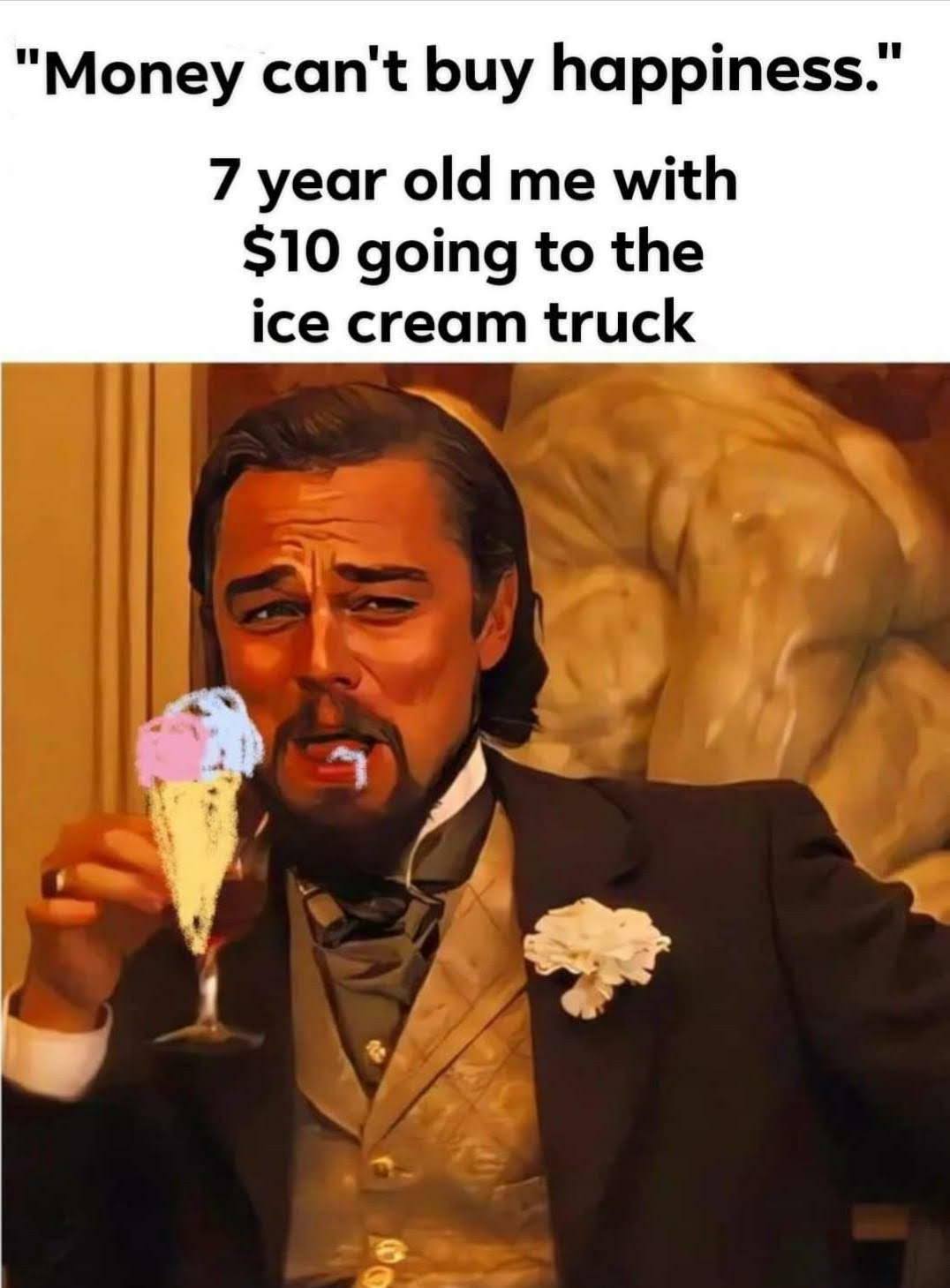How Salt and Straw Used Weird Flavors To Go From A PushCart To 42 Retail Locations
They say to get far, you should play games with zero competitors.
Apparently, the ice cream kings of the world never heard that.
Ice cream is everywhere and people LOVE it.
It’s nostalgic, cheap, familiar, and fairly easy to produce.
And when you have those conditions, everyone and their mother is gonna try to cash in.
But that’s what makes Salt & Straw so impressive.
With over 42 locations and more on the way, they’ve built much more than just another ice cream brand.
They built an experience, a story, and a reason to pay $12 for a scoop of deviled egg ice cream.
Let’s break down how Salt & Straw turned limited-time weirdness into long-term loyalty.
The year is 2009 and Tyler Malek has just dropped out of culinary school.
Over a cup of coffee with his cousin Kim, Tyler was trying to figure out what his next step would be.
At the time, Tyler’s working at Stumptown Coffee Roasters in Portland and it was not exactly your average Starbucks gig.
(and no offense to Starbucks, because Kim was ACTUALLY the Director of the Frappucino at Starbs… which is a pretty dope title).
This LinkedIn is STACKED (via LinkedIn)
He’s learning how to taste, experiment, and obsess over flavor with the best of the best in the coffee world.
Kim has an idea.
She’s been dreaming of opening an ice cream shop that wasn’t just a dessert spot, but rather a neighborhood gathering place.
A third place, where you could bump into neighbors, hang with family, or just treat yourself after a long day.
She’s had this idea in head since 1996 back when she wrote the original plan but had tabled it after remembering how her father’s business went bankrupt.
Now, she’s in a better headspace and she thinks Tyler might be the missing piece to make this thing really pop.
One problem: Tyler had never made ice cream before.
But he said yes anyway.
So with $16 to his name, Tyler buys four used ice cream makers off Craigslist and gets to work.
Like a mad scientist in a tiny kitchen, he starts experimenting and churning out every franken-flavor that pops into his head.
The OG flavors (via Forbes)
Bone marrow with bourbon cherries.
Goat cheese with habanero.
Pear and blue cheese.
Most flavors flopped. But a few hit.
And they hit HARD.
Level up your marketing game
Zero BS. Just fun, unfiltered, industry insights with the game-changers behind some of the coolest companies from around the globe.
No spam. Unsubscribe any time.
| PUT IT IN PRACTICE Get Weird. I’ve been writing these newsletters long enough to tell you that there are two types of brands: those that get weird with it, and those no one remembers. Salt & Straw didn’t play it safe. They were endlessly experimenting with flavors and made it a serious culinary canvas. Here’s your homework: Take one thing your brand is planning to launch (an ad, a flavor, a product, a post, a whatever) and make it 10% weirder. Not random but intentional. I’m not saying go full Nutter-Butter TikTok account But just be weird enough that it makes someone stop and say, “Wait, what?” That’s the stuff that sticks. |
Kim is blown away. So she does what any rational person would do.
She wipes out her savings, buys a pushcart, and starts hawking ice cream on the streets of Portland.
No storefront.
No marketing budget.
Just 10 strange, unforgettable flavors and a dream.
They set up on Alberta Street, hoping for the best and what they get is a line.
Turns out, when your ice cream tastes like a dare and a dream at the same time, people will show up.
Eventually, the cart draws so much buzz that Kim and Tyler have no choice, they need a real shop.
So in 2011, they opened the first Salt & Straw storefront, just a few blocks from where it all started.
Remember Instagram Filters? (via Wikipedia)
But you can’t open a store with just ten flavors and just expect people to keep coming back.
Tyler knew that.
So he borrowed a playbook from fashion: seasonal drops.
Every month, five brand-new, limited-time flavors would hit the menu. Inspired by farmers, local chefs, weird holidays, even science experiments.
One month it’s Thanksgiving dinner in a cone.
The next, it’s a collab with Nike or the Portland art museum.
Ice cream became a rotating event, not a static menu.
And that rotating event would have people lining up out the door.
Salt and Straw was a hit.
Not because it was the cheapest.
Not because it was the most convenient.
But because it made people feel something.
Excitement.
Now let’s fast forward a bit.
Salt & Straw is growing strong and expanding its footprint.
With every new scoop shop, they try to keep the same spirit of experimentation that started it all.
No cookie-cutter rollouts. No copy-paste menus.
Instead, each new city becomes a canvas.
They team up with local chefs, farms, nonprofits and even museums to co-create flavors that reflect the culture and quirks of the neighborhood.
It’s not just about selling ice cream.
It’s about embedding the brand in the story of the city.
For example, when they expanded into the South, they didn’t just show up with West Coast flavors, they brought deviled egg flavor to the menu.
HARD pass. (via Disney Food Blog)
And even though people absolutely hated it, it worked.
Because it got people talking, posting, arguing and eventually coming in just to try it for themselves.
Salt & Straw isn’t trying to please everyone.
They’re trying to make you feel something.
That’s the strategy. That’s the brand.
In a sea of safe, forgettable options, they chose to be unforgettable.
And that’s why they win.
MARKETING CHEAT SHEET (WHAT TO LEARN FROM THIS STORY):
1️⃣. Weird wins: In a saturated market, being bold isn’t a risk…it’s a requirement. Salt & Straw didn’t tiptoe in with vanilla. They kicked the door open with deviled egg and bone marrow. That type of thing doesn’t get forgotten easily.
2️⃣. Local flavor builds loyalty: Every new shop wasn’t just a copy-paste. They partnered with local chefs, told regional stories, and made people feel like the brand belonged to them.
3️⃣. Surprise drives repeat visits: Monthly flavor drops turned a static menu into a living experience. People came back not out of habit, but out of curiosity and it became salt and straws driving force.
IN A MEME



